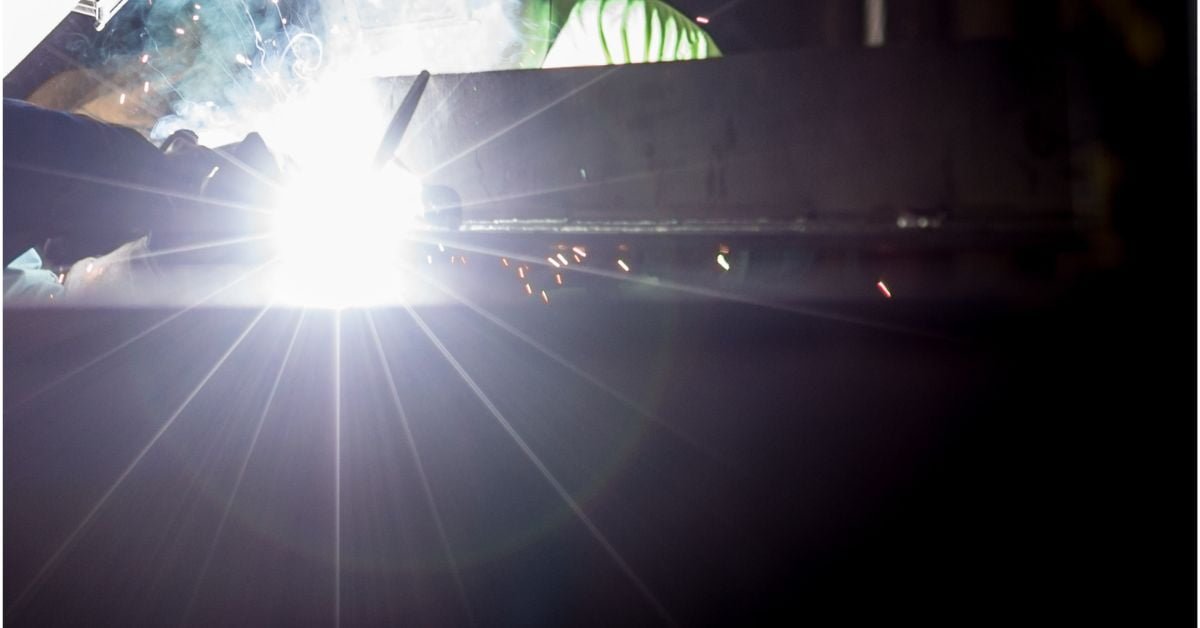Distinguishing the Gas Divide in MIG and TIG Welding
Welding isn’t just about heat, metal, and sparks; it’s a symphony of precision and technique, with every element playing a vital role in the final masterpiece. Among these crucial elements, shielding gases stand tall, safeguarding the weld and ensuring the integrity of the joint. But here’s the catch: MIG and TIG welding, although sharing the same goal, dance to different tunes when it comes to gases. In this article, we unveil why using the same gas for MIG and TIG welding is a mismatch, and why each process has its own distinct gas requirements.
Why Do MIG and TIG Welding Need Shielding Gases?
Shielding gases act as protective guardians during welding, preventing unwanted elements like oxygen and water vapor from wreaking havoc on the weld. They also enhance arc stability and the overall quality of the weld. In the absence of proper shielding, you’re likely to end up with flawed welds, impacting the strength and aesthetics of the final product.
Inert and Semi-Inert Gases in Welding:
While the dream of using a universal gas for all welding methods sounds appealing, it’s not that simple. The key lies in understanding the difference between inert and semi-inert gases – a knowledge that helps you choose the right gas for each project.
Inert gases, exemplified by argon, stay calm in the face of chemicals. They’re ideal for non-ferrous metals, ensuring welds are as pure as they come. Semi-inert gases, like oxygen and carbon dioxide, add a touch of reactivity to enhance the arc. This distinction is essential, as a misfit gas can transform a masterpiece into a mess.
Gases Used in Different Welding Processes:
TIG welding, being finicky, demands the company of an inert friend – argon. It’s versatile and accommodating, suitable for a variety of materials such as aluminum and stainless steel. On the other hand, MIG welding enjoys more flexibility in gas choice. While argon is a popular companion, helium and carbon dioxide can also join the party, each bringing its unique flair.
Why Are Gases Not Interchangeable Between MIG and TIG Welding?
The reason for the non-interchangeability of gases boils down to the intricacies of each welding process. TIG requires precision, and inert gases like argon ensure no unwanted reactions mar the weld. In MIG, the choices broaden due to varying applications, with different gas combinations impacting arc stability, weld quality, and even aesthetics.
At Sultani Gas, we are passionate about welding in all its forms. Whether you’re a novice or a seasoned welder, we provide the right bottled gases to elevate your projects. Safety equipment and welding chemicals are also part of our offerings.
Understanding the nuances of welding processes will empower you to choose the correct gases, ensuring that your welds stand the test of time. If you’re in doubt, reach out to us at helpdesk@sultanigas.co.uk or call 01622 910075. The right gas can transform a project from good to extraordinary – and we’re here to make that transformation happen.


